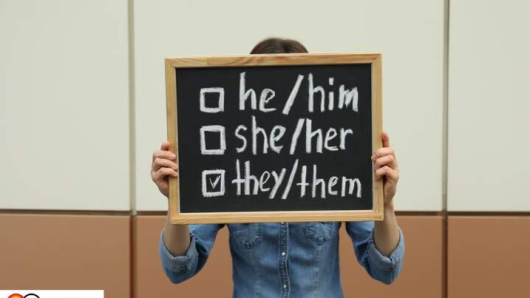Articles on Pronoun Inclusivity
Pronoun inclusivity refers to the practice of using gender pronouns in a way that respects and acknowledges the diverse gender identities of individuals. It is an essential aspect of creating an inclusive and respectful environment for people of all gender identities. This includes those who do not conform to the traditional binary understanding of gender (male or female).
Key aspects of include:
- Respecting Chosen Pronouns: Pronoun inclusivity involves using the pronouns that individuals prefer and have chosen to align with their gender identity. This means using “he” for individuals who identify as men, “she” for individuals who identify as women. And other pronouns such as “they,” “ze,” “xe,” and many others for individuals who identify as non-binary, genderqueer, genderfluid, or have any gender identity outside the binary.
- Asking and Using Pronouns: It also includes asking people for their pronouns when you are unsure. And then using those pronouns consistently. It’s essential to not make assumptions about someone’s pronouns based on their appearance.
- Normalizing Pronoun Usage: Creating a culture where the use of gender pronouns, including non-binary and neopronouns, is normalized helps foster inclusivity. This involves using pronouns in introductions, email signatures, and on name tags, for example.
- Correcting Mistakes Respectfully: Mistakes in using pronouns may happen. But it’s essential to respond to them with understanding and a willingness to correct them. Correcting someone’s pronoun use should be done discreetly and respectfully.
- Educating and Raising Awareness: Promoting pronoun inclusivity often involves educating others about the importance of using correct pronouns and raising awareness about the experiences of transgender and non-binary individuals.
Pronoun inclusivity is a crucial aspect of respecting and affirming people’s gender identities. It creates a more welcoming and supportive environment for individuals of all genders and helps combat gender-based discrimination and bias. By incorporating pronoun inclusivity into our language and interactions, we contribute to a more inclusive and equitable society.

